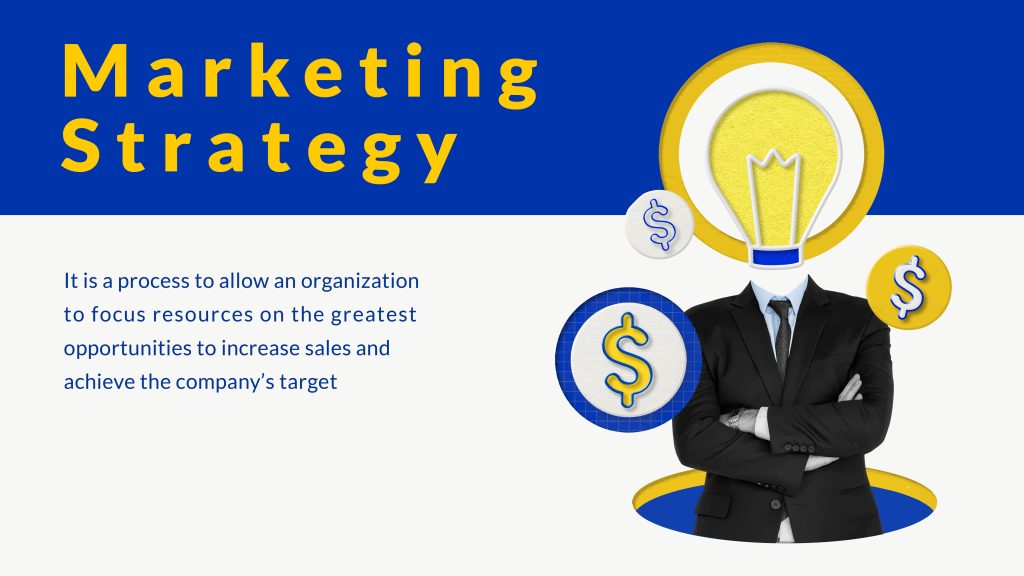Every business, whether big or small, should implement a digital marketing strategy that’s customized to its needs and goals. When you create an effective digital marketing strategy, you attract more customers and keep them coming back to your site or store, instead of your competitor’s. For this reason, it’s important to follow these seven steps when creating your digital marketing strategy.
1) Define Your Audience
Before you get started with your digital marketing strategy, it’s important to define your audience. What are their age ranges? What are their interests? What are their demographics? Marketing to the wrong audience can quickly lead to disappointment and wasted time and effort.
Try to think about all the different kinds of people who might be interested in what you’re offering so that you can create a marketing plan tailored to them. Once you know who they are, then it’s time to consider how they will come across your content (via social media platforms like Facebook or Twitter, through search engines such as Google or Bing, through video sites like YouTube or Vimeo) and how they want/need this information delivered (textually or visually).
It’s also important to consider how you want your business to come across. Do you want it to be known as a small, family-owned company? Or do you want it to appear larger than life and well-established? Your marketing plan should reflect that. As well as think about how your target audience perceives your brand, and in what situations they would choose to buy from you. This will inform you what kinds of content you need (promotional or informational) and where it will be placed (social media platforms or elsewhere). Each consideration is crucial when putting together an effective digital marketing strategy.
2) Map Out the Competition
1. Think about what type of company you are going to be competing with, and who their clientele is. In order to properly formulate your marketing plan, it’s necessary to have knowledge of the general type of audience you’re aiming to target. You’ll need to know their interests and online habits before creating the content they would enjoy the most. How much do they usually spend in a year? What types of blogs are they reading? What specific sites do they frequent? Do some research on competitors in your industry and see how often their customers go back for more – both figuratively and literally. When does your company’s competition re-stock inventory? Why does it seem like people always want more from them instead of less?
3) Analyze Their Strengths
A strong digital marketing strategy will do more than just drive traffic to your website. It will also help you build relationships with customers and generate leads that translate to sales. A successful strategy should be built around what the customer wants, not what the company thinks they want.
1) Customer research is crucial to understanding how people interact with your brand. If a customer is visiting your website, it’s important to ask them who they are and why they’re there so you can tailor your message accordingly.
2) When crafting content, remember that you need to balance quality with quantity.
4) Identify What You Can Do Better
When it comes to digital marketing, there is no one-size-fits-all strategy. What works for a company with 100 employees may not work for a company with five employees. It’s important to know your goals and target audience in order to create the best plan of action. For example, if you’re targeting people outside the United States, you should focus on content in English and other languages rather than providing video tutorials in Spanish or Chinese that only reach English-speaking audiences.
5) Set Specific Goals
-Identify your target audience
-Determine the products or services you want to promote with digital marketing -Set measurable objectives and metrics to track the success of your campaign(s)
-Assess current digital marketing efforts (i.e. social media, email marketing, content marketing) and determine what’s working and what’s not
-Develop a content strategy that will be effective in meeting your objectives and capture the attention of your target audience -Create short-term, medium-term and long-term goals that align with your overall objectives
6) Take Action on Them Immediately
1. Make a list of all your competitors: Who are the major players in your industry? 2. Make a list of all the channels you want to use: email, social media, paid ads, SEO, etc. 3. Decide what you want your customer to do on each channel: sign up for a newsletter, download an app, or buy something. 4. Brainstorm content ideas that align with those actions and channels 5. Create a marketing calendar that matches your content with channels 6. Determine how much time you need to create quality content 7. Build out the rest of your strategy based on these seven steps
7) Measure Your Performance
-Measure your performance. Once you’ve created your plan, you’ll want to make sure that it’s working. You can do this by tracking the number of visitors to your site, the number of conversions (sign-ups), and the number of leads generated.
-Identify your goals. Before you create a strategy, you should identify what it is that you’re trying to accomplish with your marketing efforts. What are the objectives? What results do you hope to achieve?
Conclusion
To sum it all up, a digital marketing strategy is more than just posting on social media and adding some keywords to your website. An effective strategy will help you identify the different types of customers that want to purchase from your company, what these customers are looking for, how they find your site, and how you can tailor your marketing efforts to reach them.
##Digital Marketing Strategy: A Step-by-Step Guide

